June 13, 2016
UK faces digital skills gap … but simply hiring Millennials won’t close it 0
 Although the UK remains a global tech leader, the country remains in the grip of a digital skills crisis which is holding back productivity and costs around £63 billion each year, according to a report published today by the Commons Science and Technology Committee. The report claims that 12.6 million UK adults lack even basic digital skills, and nearly half of these people (5.8 million) have never even used the internet. Meanwhile, a coincidental report published by Cisco claims that those organisations who apparently assume they can close the gap by merely employing so-called Millennials, will be disappointed because there’s no great correlation between age and confidence in using digital technology. The Digital Culture Clash report found the only meaningful correlations were between the type of work an individual does, their level of employment and their competence and confidence in using technology.
Although the UK remains a global tech leader, the country remains in the grip of a digital skills crisis which is holding back productivity and costs around £63 billion each year, according to a report published today by the Commons Science and Technology Committee. The report claims that 12.6 million UK adults lack even basic digital skills, and nearly half of these people (5.8 million) have never even used the internet. Meanwhile, a coincidental report published by Cisco claims that those organisations who apparently assume they can close the gap by merely employing so-called Millennials, will be disappointed because there’s no great correlation between age and confidence in using digital technology. The Digital Culture Clash report found the only meaningful correlations were between the type of work an individual does, their level of employment and their competence and confidence in using technology.







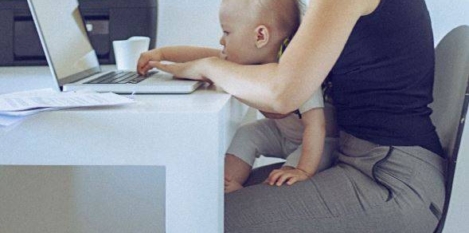









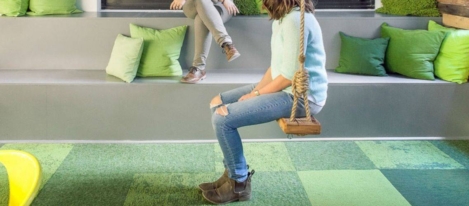

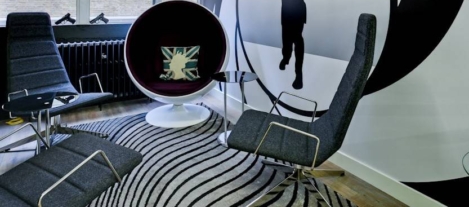

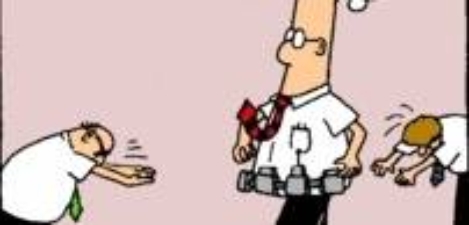
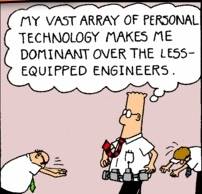












March 30, 2016
Isn’t it time that UK businesses thought more like the Scandinavians? 0
by Richard Morris • Comment, Facilities management, Flexible working, Wellbeing, Workplace
More →